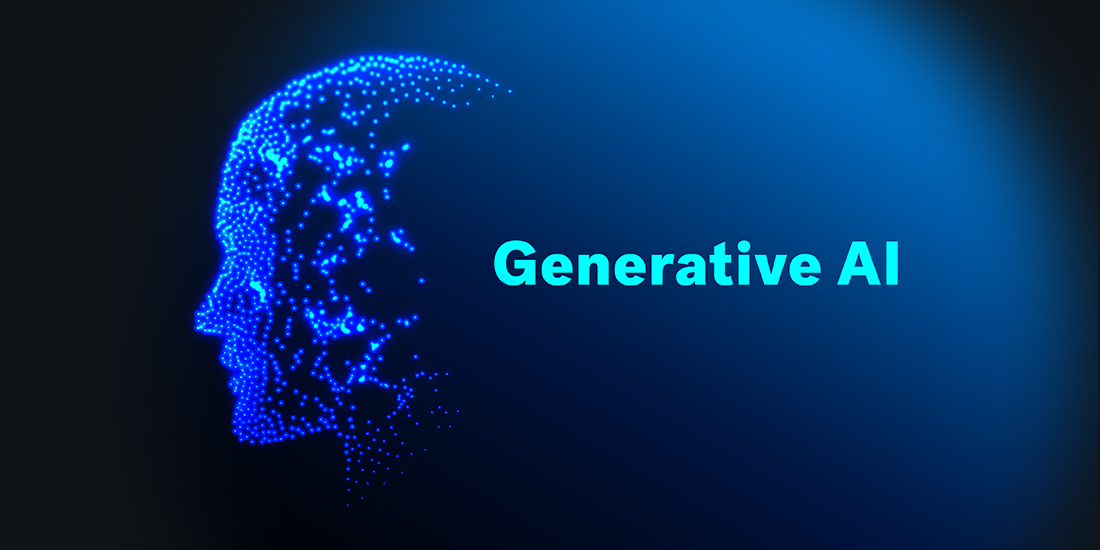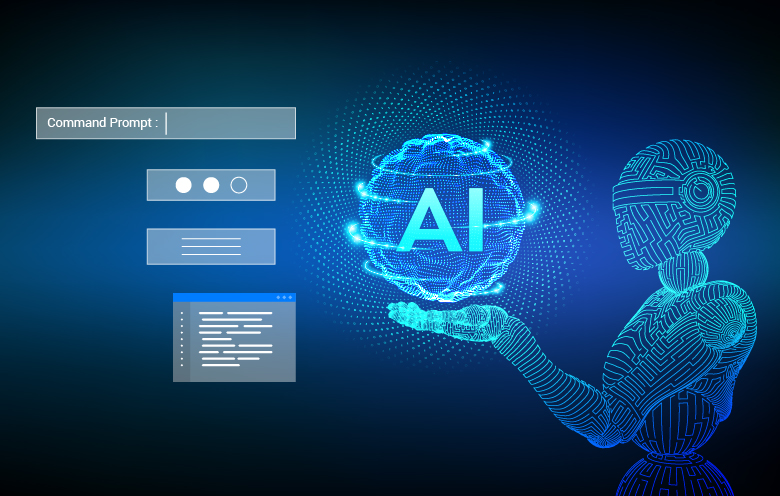Simplify Your Process with Gen AI Software Development Solutions
From Principle to Code: How Generative AI Is Shaping Software Growth
Software application advancement is a frequently evolving area, and the appearance of generative AI has actually caused significant innovations in the means code is conceived and implemented. With its capability to automate and streamline various processes, generative AI is shaping the future of software application advancement. From boosting code generation effectiveness to automating customer interface layout, this innovation supplies countless benefits that can not be neglected. In this discussion, we will certainly explore exactly how generative AI is reinventing software application advancement, making it possible for quick prototyping and version, improving software testing and top quality assurance, and improving bug taking care of procedures. By leveraging the power of generative AI, developers have the ability to enhance their process and develop ingenious software options. How precisely does this modern technology work, and what are its ramifications for the future of software application growth? Let's delve into the details and uncover the transformative potential of generative AI in the software application development landscape.
Enhancing Code Generation Effectiveness
Enhancing code generation performance includes applying methods to enhance the procedure and maximize the output of created code. In the world of software program advancement, where time is important, it is essential to discover ways to produce high-quality code swiftly and precisely.
One method to improving code generation performance is via the use of sophisticated code generation devices. These tools automate the procedure of generating code, getting rid of the requirement for hand-operated coding and decreasing the opportunities of human error. By leveraging these tools, software programmers can accelerate the development process and make certain regular code quality.
An additional approach is to maximize the code generation procedure itself. This can be achieved by determining and removing bottlenecks or unnecessary action in the procedure. By streamlining the code generation process, designers can reduce the moment and effort called for to generate code, ultimately boosting performance.
Furthermore, leveraging code templates and reusable code bits can likewise improve effectiveness. These pre-existing code pieces can be conveniently adapted and reused, saving developers time and initiative. By building and preserving a collection of reusable code, groups can accelerate the growth process and decrease duplication of initiative.
Improving Bug Taking Care Of Procedures

Generative AI techniques are currently being employed to automate and maximize pest taking care of processes. By utilizing artificial intelligence algorithms, these strategies can assess code repositories, determine patterns, and immediately identify and fix insects. This not just lowers the moment and effort required for insect dealing with yet likewise improves the precision of the fixes.
One such instance is the use of deep understanding designs to automatically generate spots for software insects. These models find out from a large quantity of code examples and can recommend fixes for particular pests based upon discovered patterns and ideal techniques. This significantly quicken the pest fixing procedure, allowing programmers to concentrate on even more critical jobs.
One more strategy is the use of AI-powered static analysis tools that can spot potential bugs and vulnerabilities in the codebase. These tools analyze the code for common coding errors, safety and security vulnerabilities, and efficiency problems, assisting designers determine find out and take care of issues before they materialize right into pests.
Automating User User Interface Design
The automation of individual interface layout is transforming the software advancement market. Typically, making customer interfaces has been a iterative and taxing procedure that needs a deep understanding of both user experience concepts and technological application. With the development of generative AI, designers now have accessibility to tools that can automate and simplify the UI style process.

In addition, generative AI can likewise assist in creating responsive user interfaces. These tools can automatically adjust the format and design aspects to various screen sizes and orientations, eliminating the need sites for hands-on adjustments.
Automating individual interface style not only speeds up the growth process yet also enhances the top quality of the end product. By leveraging generative AI, designers can develop visually attractive and straightforward user interfaces that straighten with industry ideal methods. This eventually brings about more pleased individuals and boosted fostering of software application applications. As generative AI remains to breakthrough, we can anticipate a lot more advanced tools that additionally change interface design in the software application advancement market.
Improving Software Testing and Quality Control
With the improvements in generative AI, software program screening and quality control processes have actually seen considerable improvements in performance and dependability. Standard software program testing approaches often count on hands-on testing, which can be time-consuming and vulnerable to human mistake. Generative AI has the possible to automate and improve various facets of software application testing, bring about much faster and much more accurate outcomes.
One area where generative AI has actually made a considerable influence is in examination situation generation. By analyzing code and recognizing potential concerns or vulnerabilities, generative AI formulas can immediately create test instances that cover a large range of circumstances. This assists guarantee that software program is extensively checked and can recognize possible insects or performance concerns early in the advancement cycle.
Additionally, generative AI can likewise from this source be utilized to improve the performance of quality guarantee processes. AI-powered algorithms can evaluate big quantities of data, such as user responses and error logs, to determine patterns and trends. This permits proactive recognition and resolution of possible problems, causing improved software program top quality and user fulfillment.
Along with automated testing and quality assurance, generative AI can likewise aid in the production of intelligent testing tools. These devices can examine code and suggest optimizations or enhancements, aiding programmers write more effective and durable software.
Enabling Rapid Prototyping and Iteration
Generative AI has actually reinvented the process of quick prototyping and model in software development, allowing for faster and much more efficient development cycles. Generally, software application advancement included a sequential procedure, where designers would initially produce a design, after that compose the code, and finally examination and iterate on the software.
Generative AI makes it possible for software programmers to rapidly generate code based on high-level specifications or design ideas. This allows designers to rapidly model their ideas and check them in a shorter quantity of time. gen ai software development. By automating the code generation process, generative AI removes the need for programmers to compose code from the ground up, conserving them useful time and initiative
Moreover, generative AI enables programmers to iterate on their models much more successfully. Designers can quickly make changes to the generated code and observe the resulting influence on the software program. This iterative procedure enables faster experimentation and improvement, leading to the growth of better software program in a shorter duration.

Conclusion
To conclude, generative AI has reinvented software application growth by improving code generation efficiency, streamlining bug dealing with procedures, automating customer interface style, enhancing software testing and quality control, and making it possible for rapid prototyping and version. With these innovations, designers can create top notch software program much more effectively and successfully. As AI proceeds to evolve, it is expected to more change the software application advancement market and drive advancement in the area.
Software application development is a constantly developing area, and the introduction of generative AI has brought around considerable developments in the means code is conceived and implemented. In this discussion, we will certainly explore exactly how generative AI is revolutionizing software application growth, allowing fast prototyping and version, improving software screening and high quality guarantee, and streamlining pest fixing processes. Generally, software application growth entailed a sequential process, where developers would certainly initially produce a layout, then compose the code, and finally examination and repeat on the software program.Generative AI enables software application designers to rapidly create code based on high-level specs or design principles.In verdict, generative AI has reinvented software application growth by enhancing code generation efficiency, simplifying pest repairing processes, automating customer interface layout, boosting software application screening and quality assurance, and enabling quick prototyping and model.